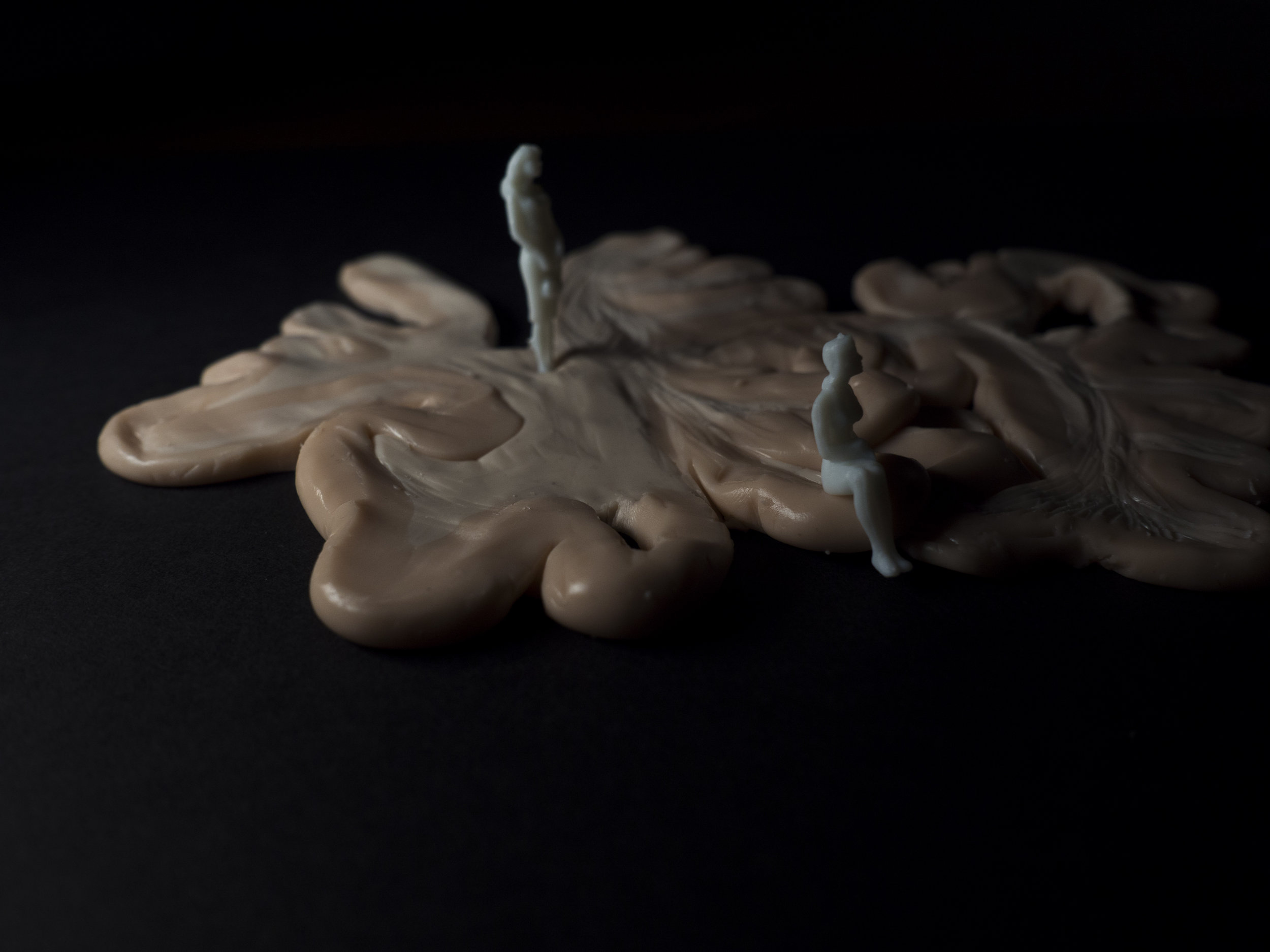Series of illustrations (small selection included below) created for The University of Cambridge ‘Global Health Research Group on Neurotrauma’, in partnership with the World Federation of Neurological Societies. Illustrations fed into an animated graphic recording included below.
Have you ever wondered what the path is to becoming a Neurosurgeon in the United Kingdom? These illustrations, and below animated graphic recording and mixed media video, in collaboration with client Brainbook, will give you an overview of the path to becoming a consultant neurosurgeon and the kinds of things that you need to do!
How to Become a Neurosurgeon :
Supported by the Ronald Raven Award (2017-2018)and the Worshipful Company of Barbers Medical Art Award (2016-2018) I have been running the project 'Visualising Dementia'.
From 2016 - 2018 I am working alongside patients with a dementia diagnosis, their care givers, Doctors, Nurses, Occupational Therapists and Support Workers. Based in hospital wards, dementia assessment centres, care homes and community spaces the project uses art as a tool explore diagnosis, foster dialogue and creatively tackle issues around memory loss and cognitive reserve. Working in collaboration with Medical Artists at John Hopkins Medical School, and the Medical Art Education Trust in London, I hope to create a new body of work in the field of Medical Art - mixing technical scientific medical imaging with the visceral, haptic properties of wax and inks. Handing the power of making back into the hands of patients.
I spoke about this project at Alzheimers International Conference 2017, and the International Wax Congress Conference 2017. A full report on the project's outcomes and findings will be available in the Summer of 2018. A selection of images created through the project is included below.
Patients, upon viewing CT/MRI scans of their brain were invited to model brain slices (or complete brain models) out of wax in response to their experience of practically living with dementia. Some patients described the feeling of the brain 'like a blanket, cosy but heavy', the brain as 'unravelling - I can see the memory faintly but can't grasp it', as like 'looking at myself very far away, almost a different me then to now'.
All images copyright of Merlin Strangeway.

















































